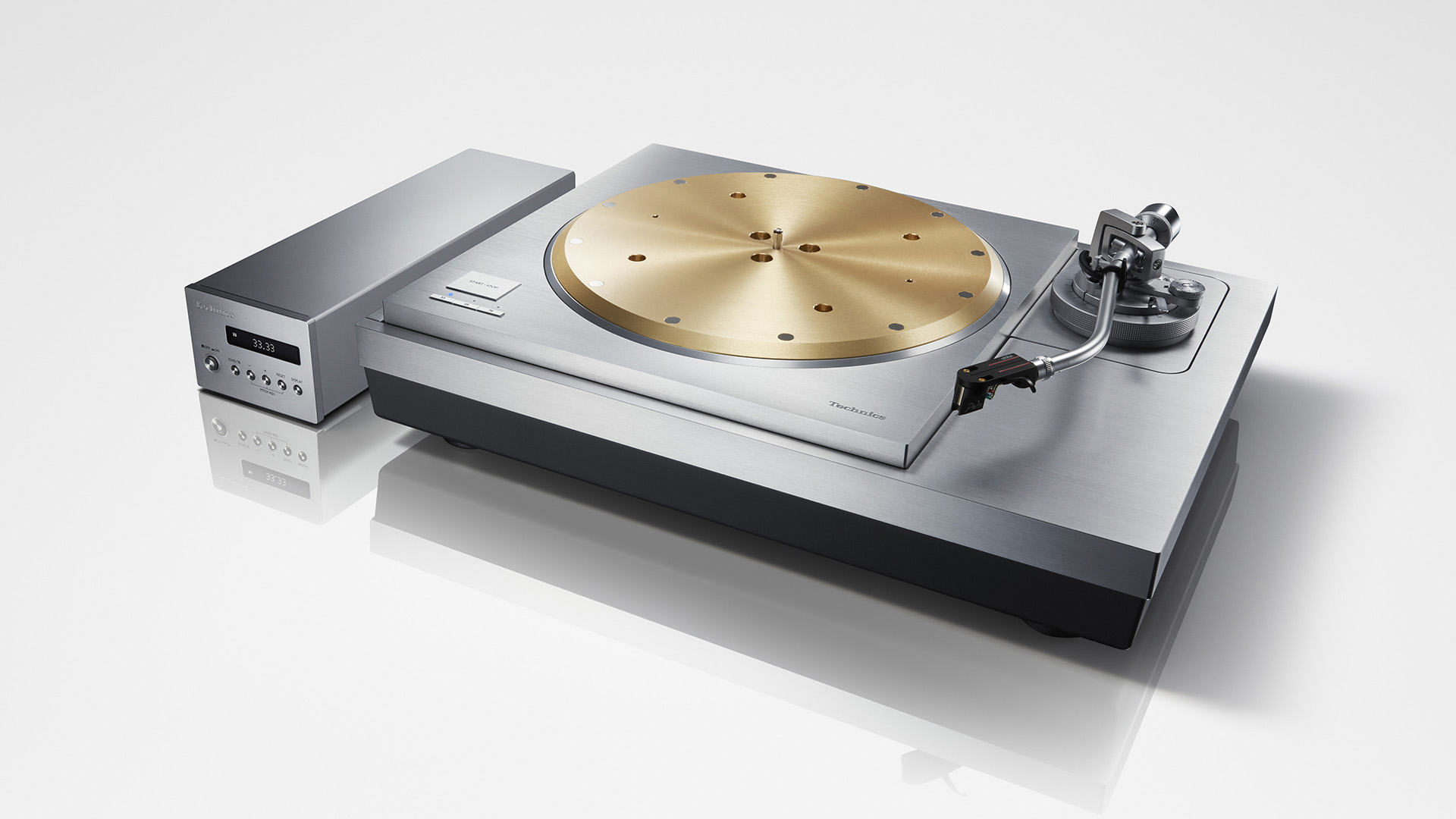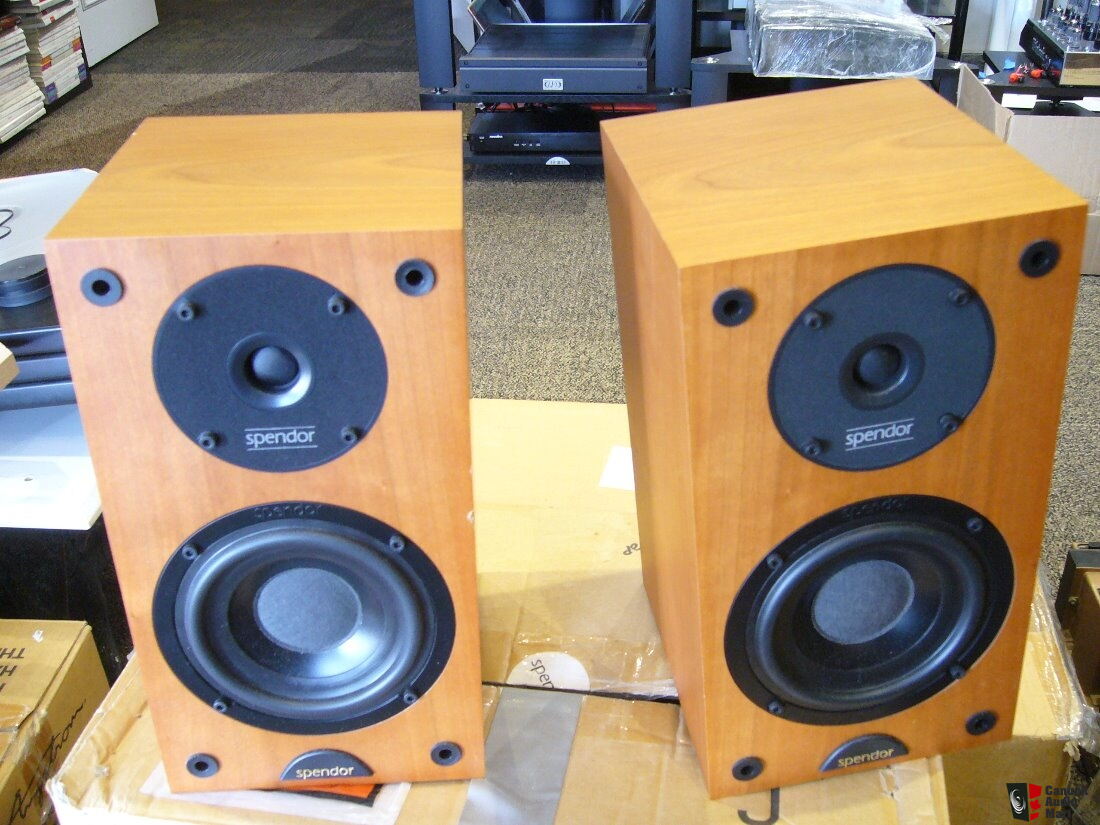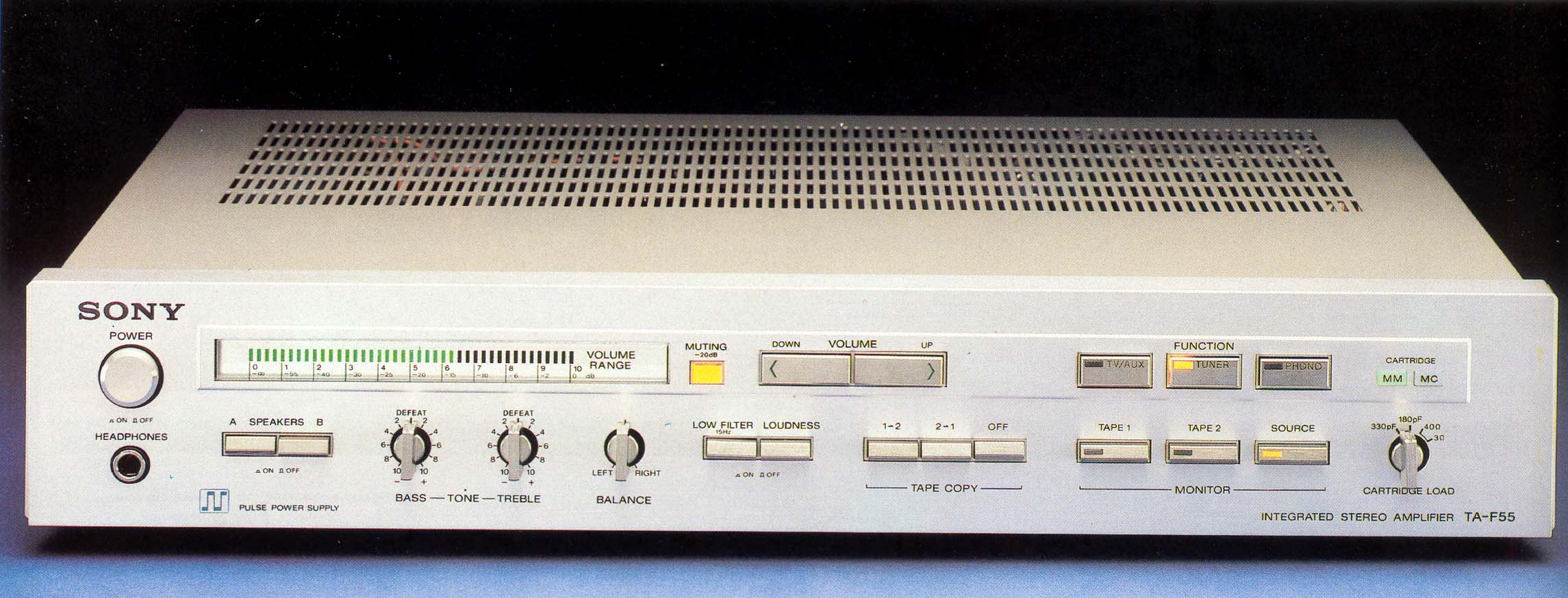Technics SL-1200G Review
The Technics SL-1200 was never just a disco fashion statement. To people who had only only seen Regas and Linns, the Technics would appear to be a flimsy ornament, but once you see one in person, you’ll realize why it was always remarkable. It has a sophisticated diecast aluminium upper portion, as well as a […]
Technics SL-1200G Review Read More »











